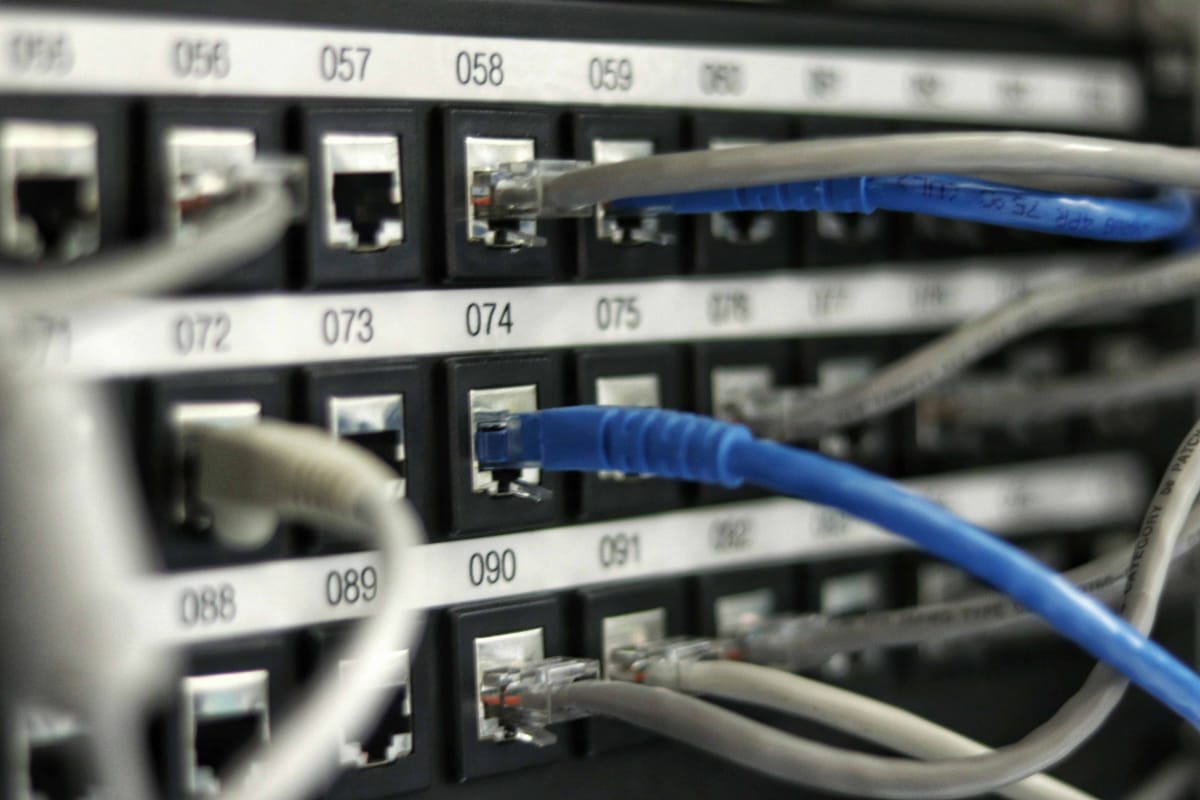How can data centres satisfy AI demand whilst meeting sustainability targets?
"We must rise to the challenge of supporting AI innovation while driving the transition to a low-carbon future"

The UK is quickly positioning itself as a global leader in artificial intelligence (AI), a status underscored by initiatives such as the AI Opportunities Action Plan and the government’s efforts to regulate AI ethically and responsibly. However, as the nation braces for this technological revolution, the strain on underlying infrastructure - particularly data centres - has become a critical challenge.
AI workloads, with their unparalleled computational demands, are driving sharp increases in energy consumption. For example, each ChatGPT query consumes 2.9 Wh of electricity - nearly ten times more than a standard Google search. This surge in energy use raises serious questions about sustainability, operational efficiency, and the environmental cost of innovation.
The rapid growth of AI technologies presents a double-edged sword. On one hand, AI has the potential to transform industries, unlocking efficiencies and solving complex problems. On the other, its energy-intensive nature places an escalating burden on data centres, which already consume 1.5% of global electricity - a figure expected to rise to 8% by 2030. Without innovative energy management solutions, these facilities risk falling short of sustainability targets while struggling to scale effectively to support AI development.
Introducing intelligent DCIM solutions
Intelligent Data Centre Infrastructure Management (DCIM) platforms provide a practical solution to the challenges posed by AI growth. These advanced tools offer real-time monitoring, predictive analytics, and resource optimisation, empowering operators to reduce inefficiencies, cut costs, and maintain operational performance - all while supporting broader sustainability goals.
At the core of sustainable strategies, DCIM platforms enable data centres to adopt smarter operational practices and integrate energy-efficient technologies. By optimising space utilisation, they reduce the need for additional infrastructure and conserve resources.
Predictive analytics forecast power and cooling demands, preventing over-provisioning and ensuring efficient resource allocation. Automated workflows, such as dynamically adjusting cooling systems and shutting down idle servers, further enhance energy efficiency.
By adopting these solutions, data centres can manage the growing energy demands of AI while remaining committed to their environmental objectives. This creates a sustainable framework that supports rapid advancements in AI and aligns with global efforts to reduce carbon emissions.
Leveraging real-time monitoring
DCIM platforms provide operators with granular, real-time visibility into power usage, cooling performance, and equipment health. These actionable insights enable data centres to identify inefficiencies, allocate resources more effectively, and optimise energy use for a greener future.
Advanced reporting tools integrated into DCIM systems also empower operators to monitor carbon footprints and generate detailed emissions reports. These capabilities support compliance with sustainability goals and enable data centres to set and track reduction targets.
In alignment with globally recognised standards like the Corporate Sustainability Reporting Directive (CSRD), UK data centres are increasingly required to disclose metrics such as greenhouse gas emissions, power usage effectiveness (PUE), and renewable energy factor (REF).
Adhering to these standards enhances transparency, reduces environmental impact, and fosters sustainable innovation. The CSRD also highlights the importance of adopting advanced technologies like DCIM systems to collect and analyse real-time data, ensuring compliance while promoting operational efficiency.

Using predictive analytics to support AI workloads
A key strength of DCIM platforms is their ability to leverage predictive analytics. By analysing historical and real-time data, these tools forecast energy demands and anticipate peaks in AI workloads.
This foresight allows operators to make proactive adjustments, such as dynamically allocating resources or scaling cooling systems, ensuring optimal performance during high-demand periods. Predictive analytics also help prevent over-provisioning, minimising both energy waste and unnecessary costs.
Optimising resource management
Advanced DCIM platforms automate critical aspects of energy and sustainability management. Tools like Hyperview’s Carbon Emission Summary enable operators to monitor CO2-equivalent emissions, analyse trends, and manage seasonal energy spikes.
Automation workflows dynamically adjust cooling systems and shut down idle servers during off-peak hours, maintaining energy efficiency without compromising service quality. These features help data centres reduce costs, manage risks, and achieve a balance between operational excellence and environmental responsibility.
Acheving asset visibility
DCIM platforms also provide in-depth visibility across the entire data centre infrastructure, including operational technologies, rack-mounted IT equipment, virtual machines (VMs), and sensors. Operators gain complete control over all assets, with the ability to monitor manufacturer specifications, utilisation rates, and power consumption.
This visibility extends to tracking warranties, maintenance histories, and energy usage, enabling operators to proactively identify and address ageing components. Customisable dashboard alerts can also be tailored to specific priorities, providing real-time updates on asset health and environmental conditions.
Leading in sustainable AI innovation
As the UK solidifies its position as a global AI leader, it has both an opportunity and a responsibility to lead by example in sustainable innovation. Data centres, as the backbone of AI development, play a pivotal role in this effort. Intelligent DCIM platforms are not just tools for operational improvement - they are essential enablers of a greener, more sustainable future.
By embracing these solutions and aligning with industry standards like CSRD, the UK can set a global benchmark for balancing technological growth with environmental responsibility. The path forward is clear: data centres must rise to the challenge of supporting AI innovation while driving the transition to a low-carbon future.
Jad Jebara is a co-founder and the President and CEO at Hyperview
Have you got a story or insights to share? Get in touch and let us know.




